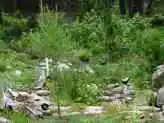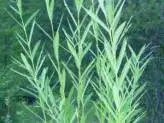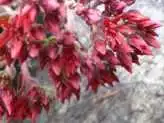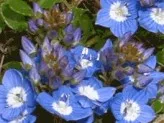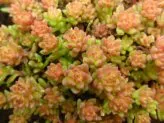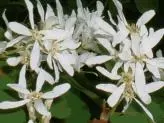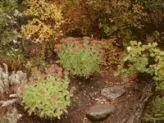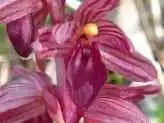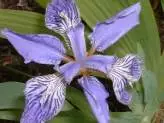The perfect blend of toughness and beauty
I tried many times to grow those gorgeous huge flowered Clematis that bloom on new wood, simply because of the myth that in colder climates you need to get ones that flower on the fresh growth.
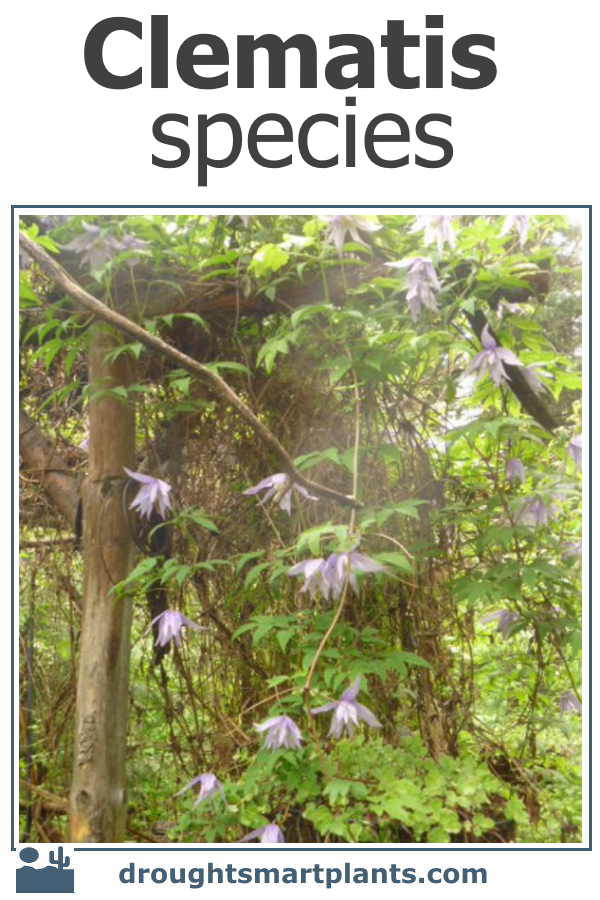
I lost every single one of them to verticillium wilt, or after struggling in the acid soil and lack of regular watering, they gave up.
Now what? I love Clematis, and I want some!
Luckily, the species are easy to grow, and as an added bonus, they will also grow from seed – that’s perfect for a propagator like me.
I collected some seed from a friends place; the seed heads are fluffy little puffballs that look like something from Dr. Seuss.
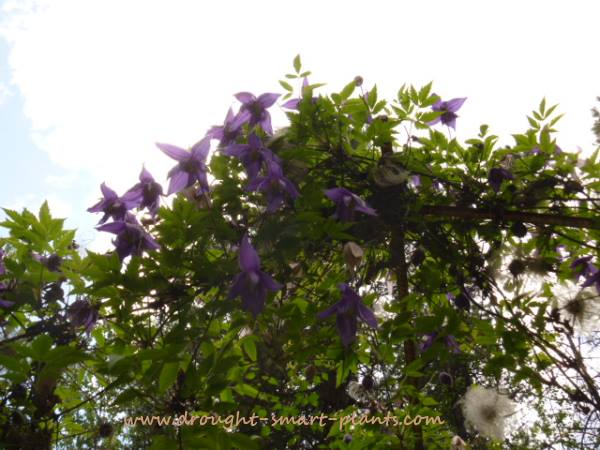
It was exciting to see them develop – these were all some kind of Clematis macropetala, which tend to have nodding bell shaped flowers in shades of pink and blue.
When they finally bloomed, I was amazed at the variations; some were soft pink, and single; others showed multiple layers of petals in a strong navy blue.
All were beautiful.
My Garden; the specifics
My garden is in Zone 5a on the Canadian Plant Hardiness Zone map – this translates to Zone 4 on the USDA Zone map.
Most years, there is snow to a depth of around 18″ or about 40 cm. Through the year there are rain storms, but often August and September are dry. I don’t water at all except newly planted and precious plants – they have to survive on what they get from Mother Nature.
The soil is sandy and gravelly in areas, the remnants of a really ancient glacier. In the interim, since the glaciers melted, the Douglas fir and mixed deciduous species have grown up to cover the granite cliffs and hillside.
I also at around the same time saved some seed from the reclusive native species that scrambles up shrubs in my area.
You rarely even see the plant, until early spring when the lovely sky blue flowers open, almost before the snow is all gone.
The individual flowers last about a week, turning into the silvery seed pods. They are a favorite nectar source for the huge bumble bees as they emerge from hibernation.
Now, they’ve hybridized and produce many more colors, from palest pink to deepest navy blue. Some are double, other single bell shaped flowers. The big bumble bees love them.
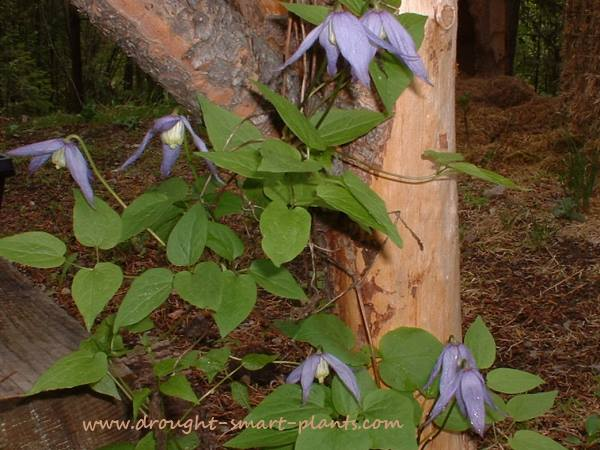
It wasn’t really obvious when I planted these delicate seeming plants that they would thrive and create a thick jungle; so much so that the weight of the snow on top of them crushed two of the structures they scrambled up.
Note to self; these plants are not as fragile as they seem…
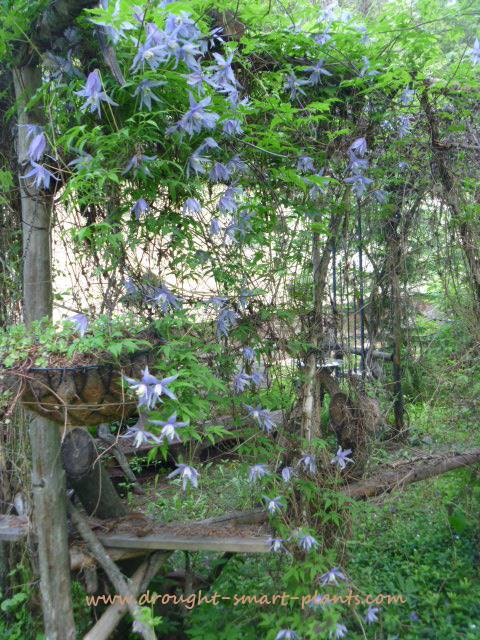
You can forgive them for their rampant growth when they are covered in blooms.
As they bloom on old wood, I was always reluctant to prune them, but that’s going to happen when they get a new pergola to grow on.
Another species of Clematis (the first one I ever grew – from seed) is C. tangutica, the orange peel clematis. It does, really, look like a Satsuma orange, peeled up into quarters.

This is hardy to zone 3, which is where I lived at the time. Super tough, very pretty, in bloom and in seed. The silvery plumes of seed heads are very interesting and architectural.
Again, these are not lightweight and dainty plants. They need a solid structure to scramble up, which has enough heft to support them.
Each year, they look like a pile of dead sticks, but they’ll surprise you when they burst into buds of green, then the flowers emerge.
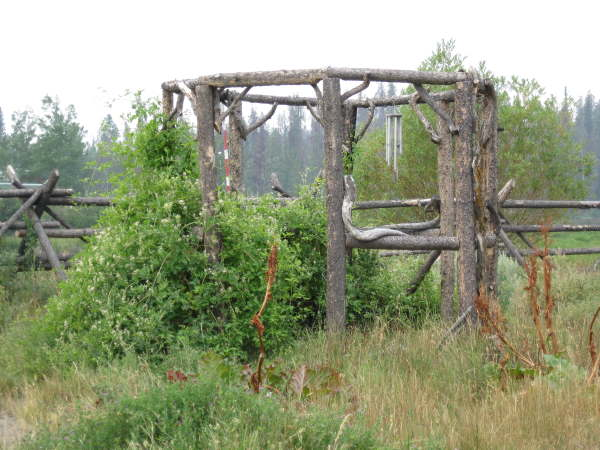
They use the old sticks from the previous year as a ladder, to go further and faster.

